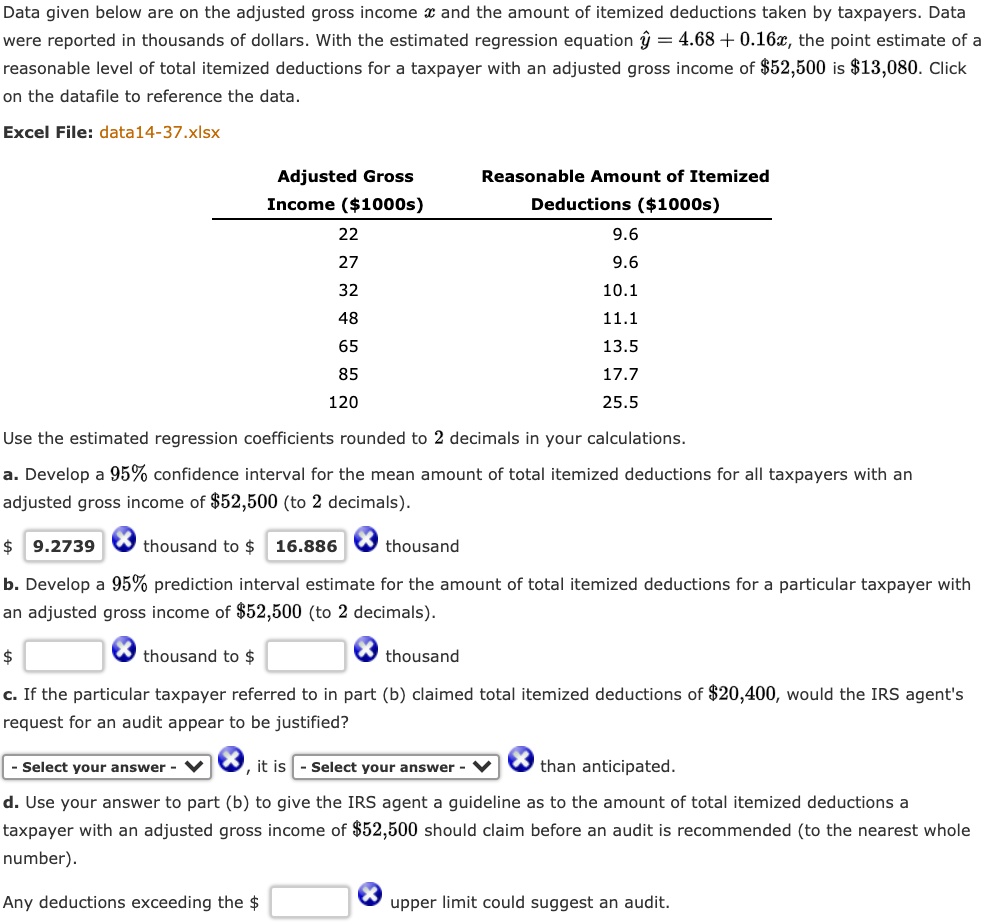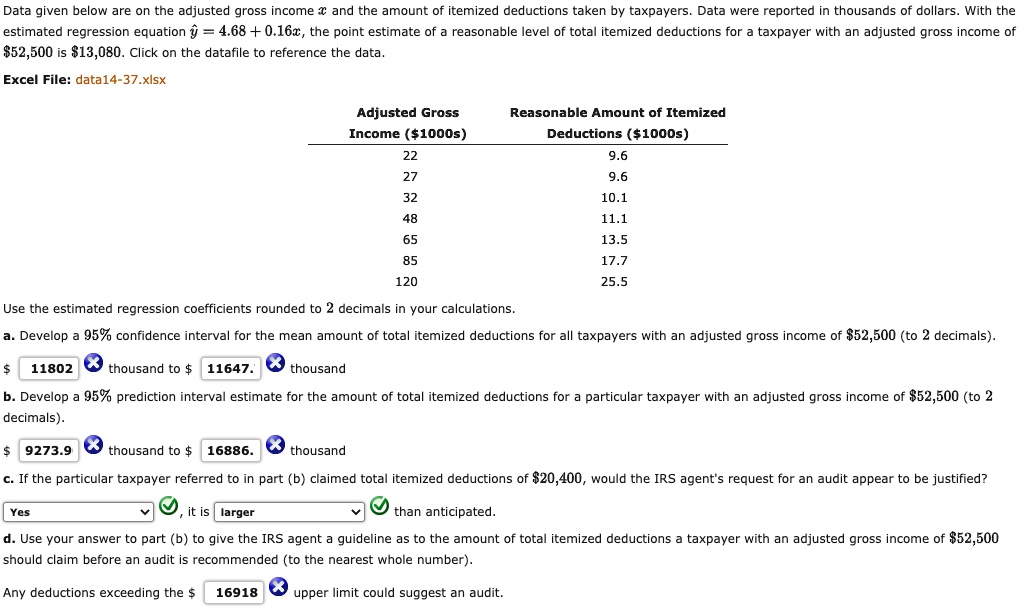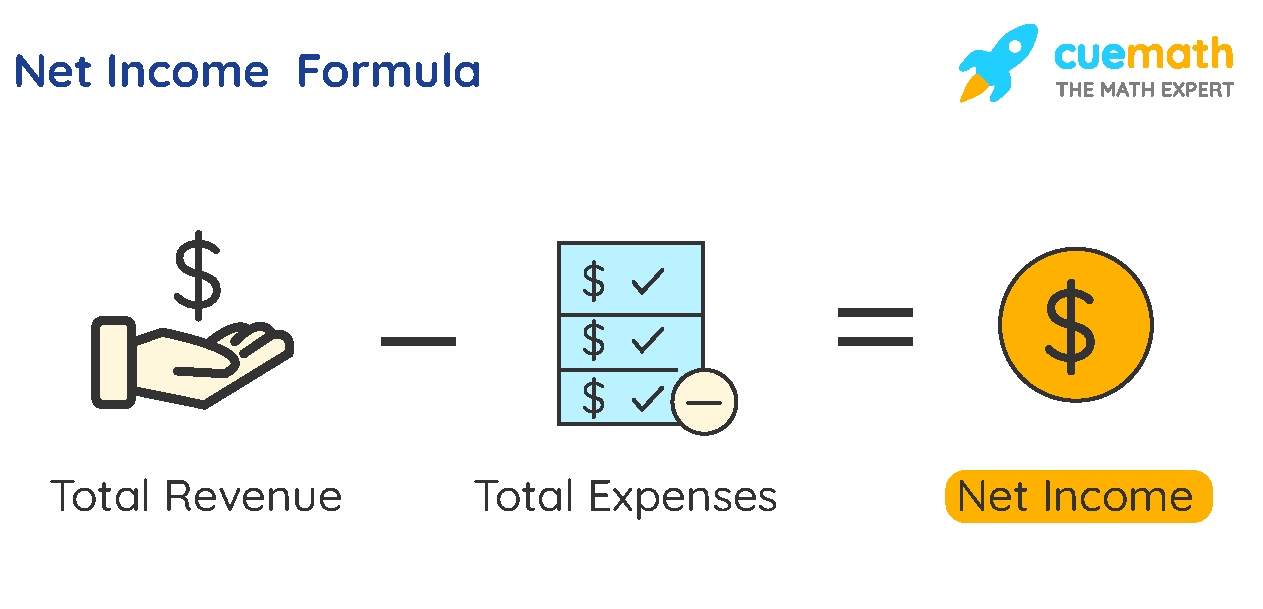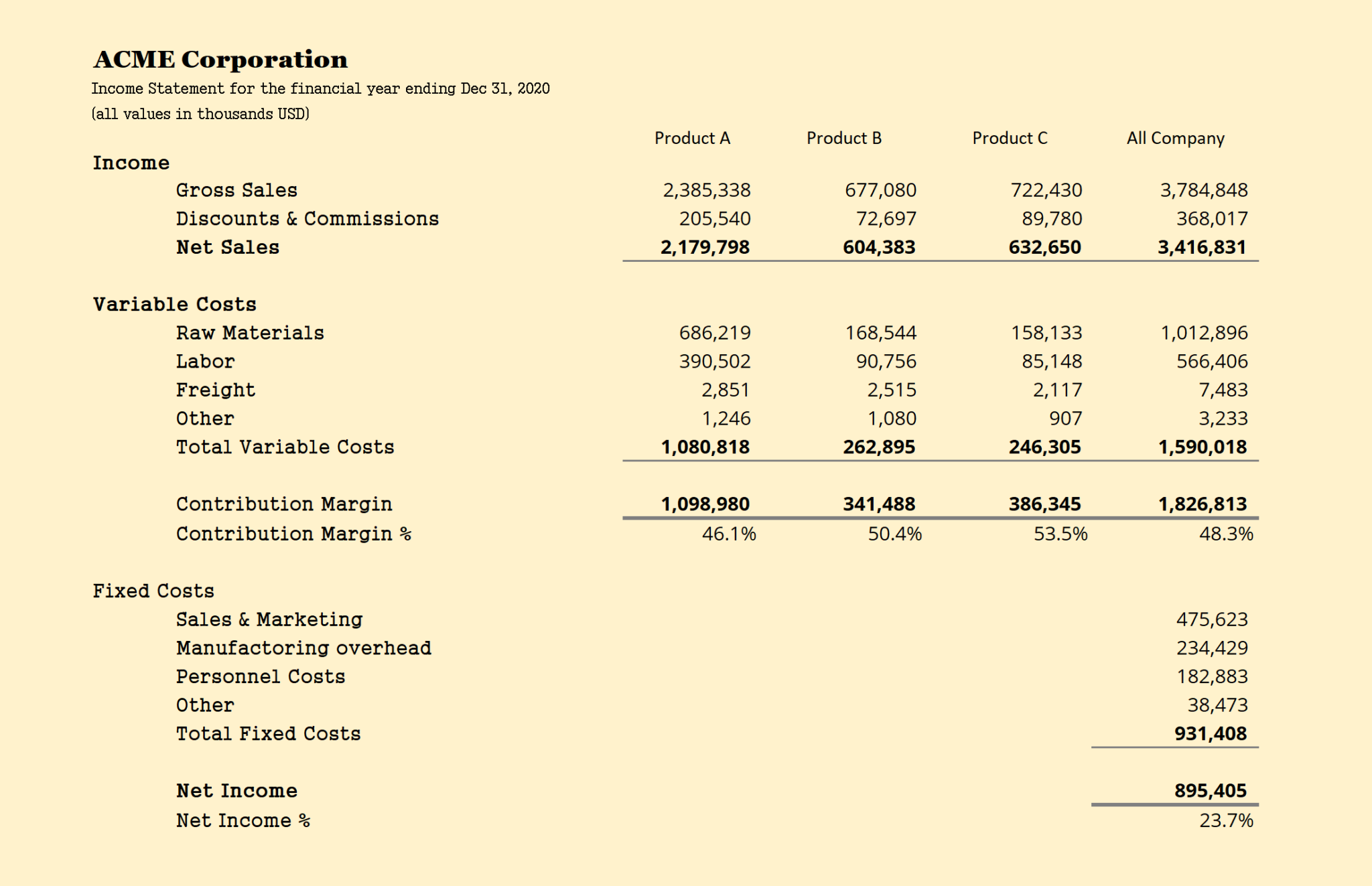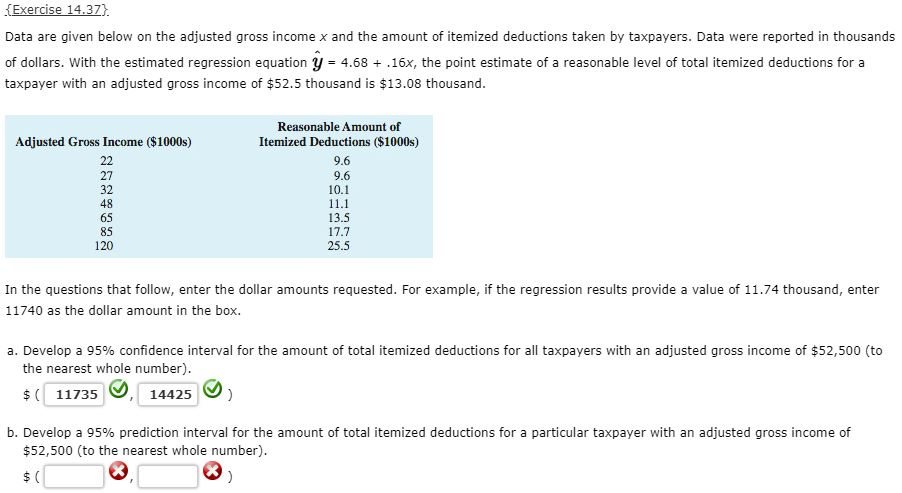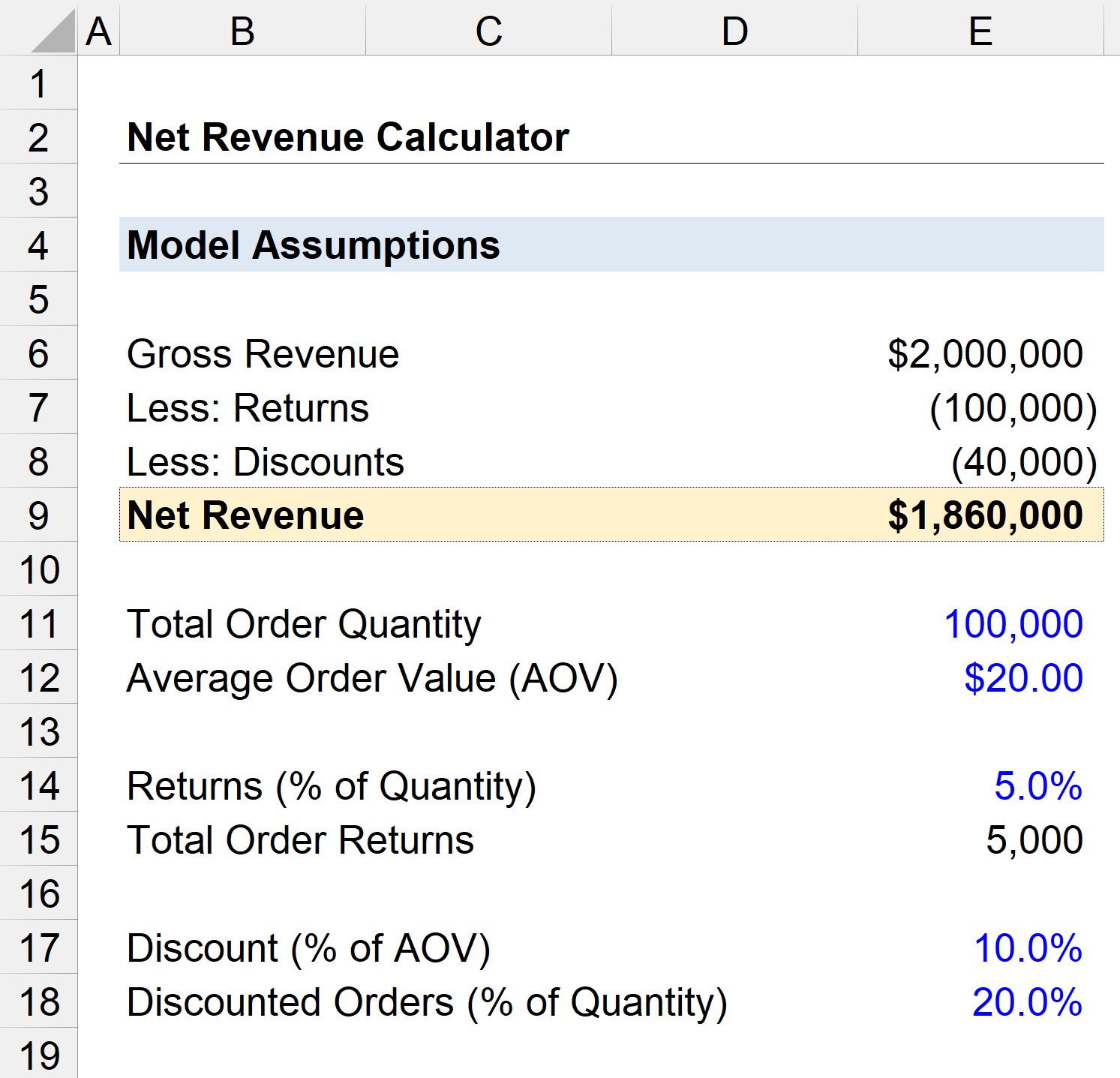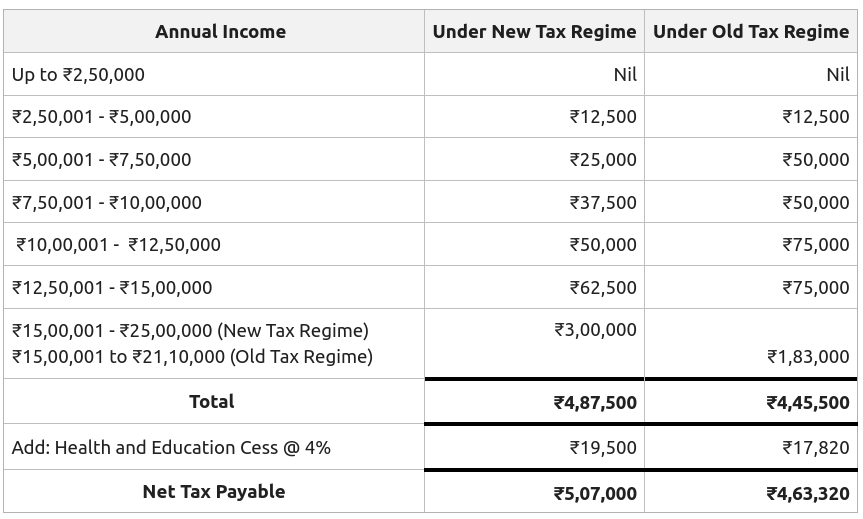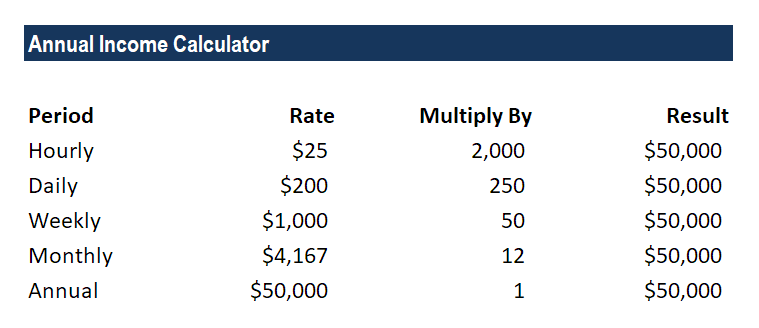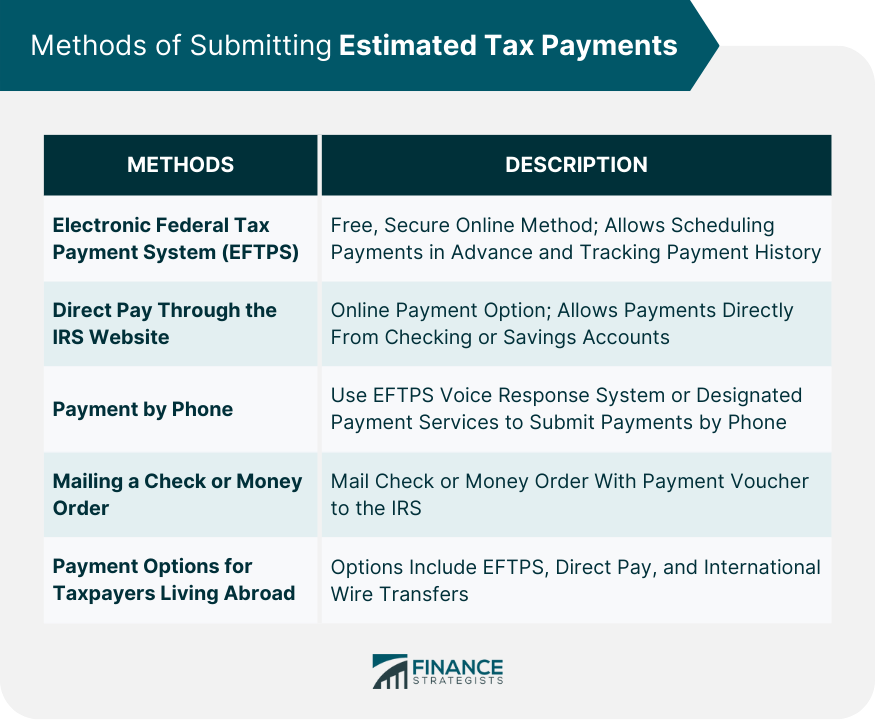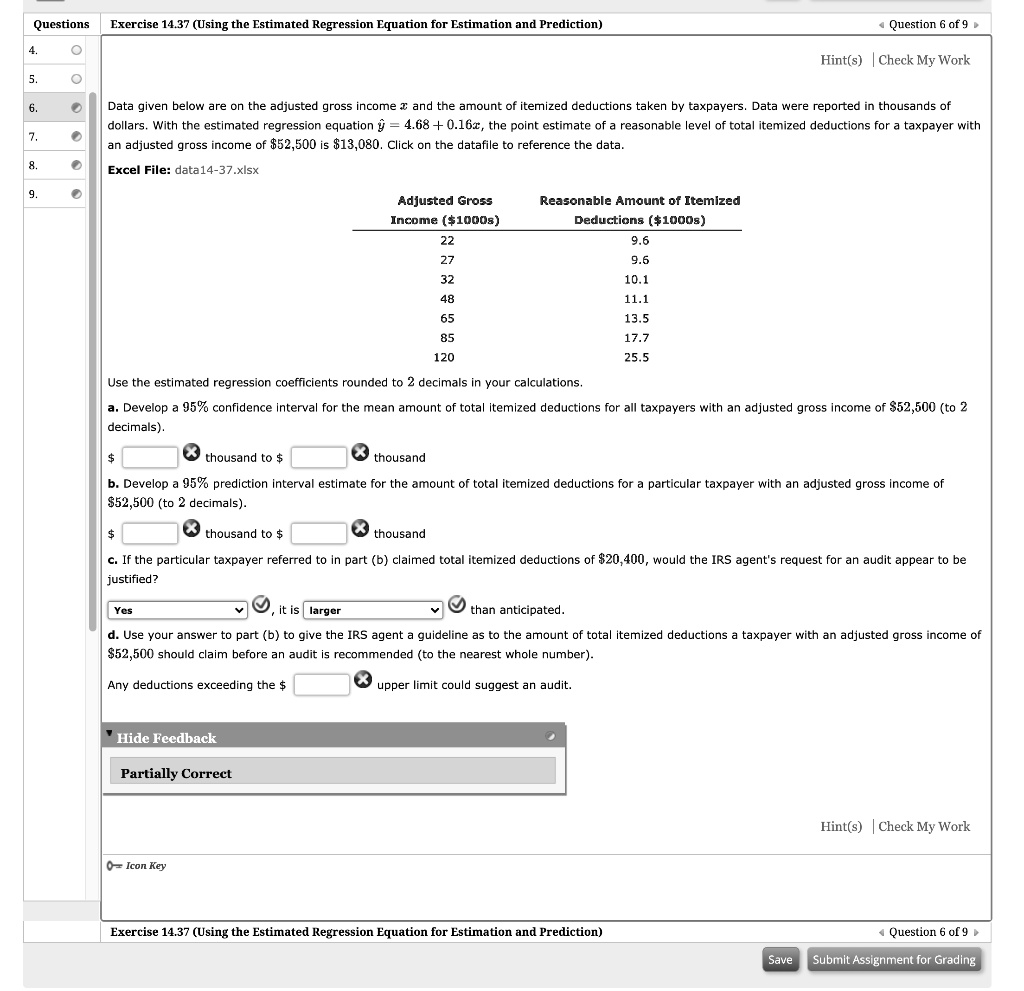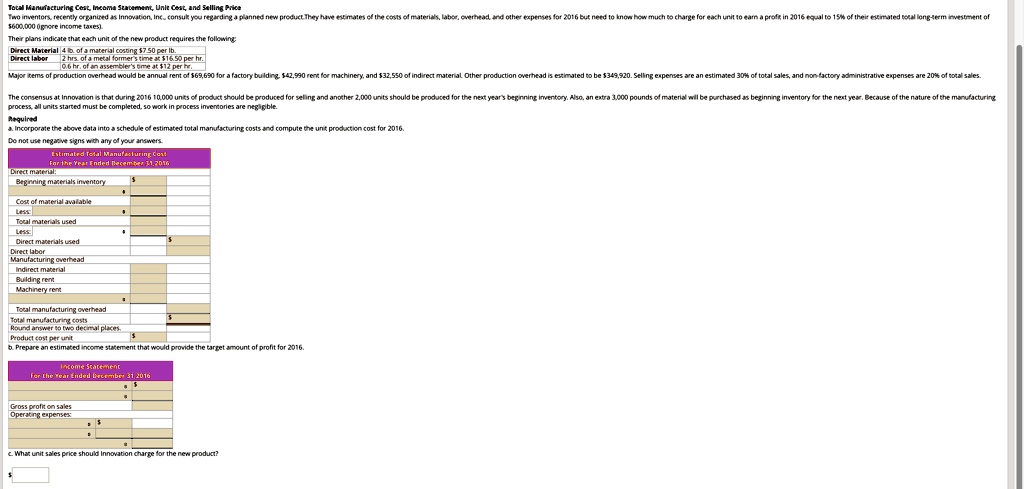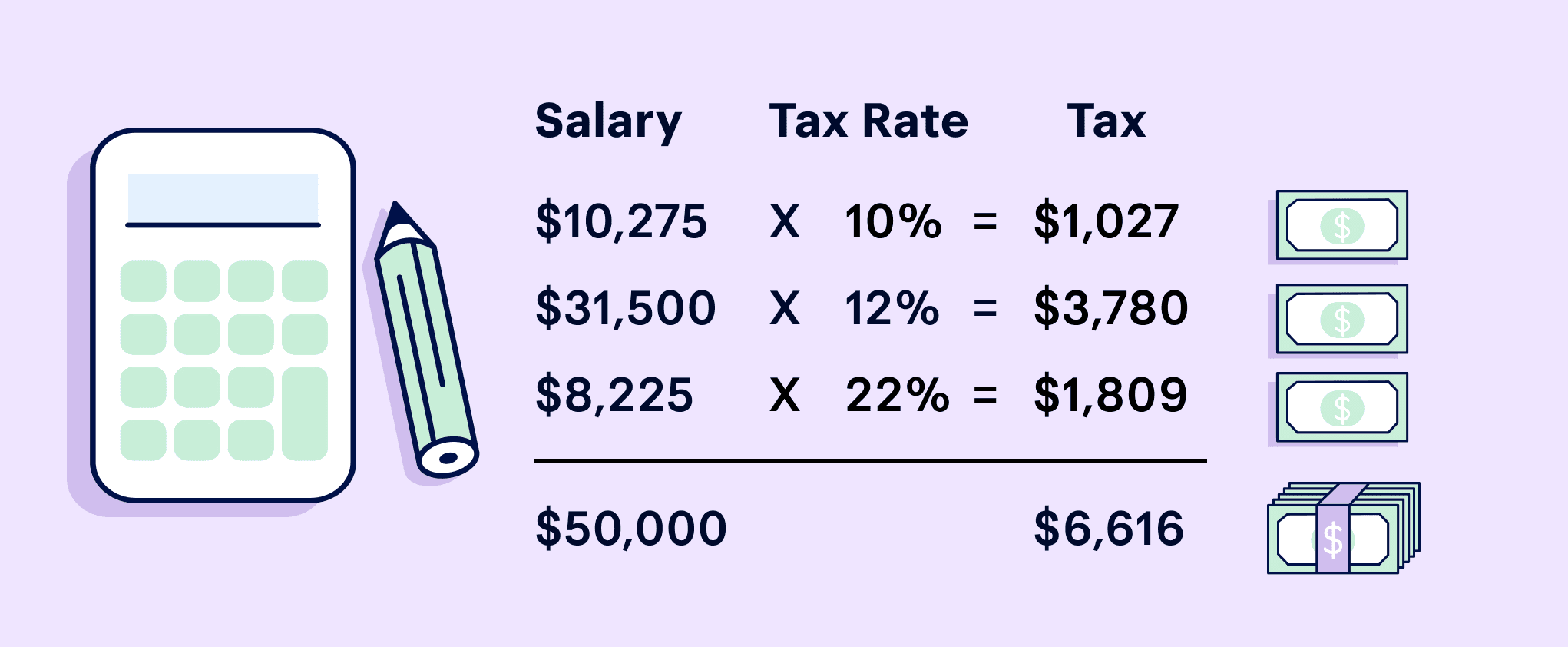Estimated Total Income Of The P.y

Recent analysis projects the total income of Pyongyang, the capital of North Korea, to be significantly lower than that of other major global cities, painting a stark picture of its economic reality. The estimate, pieced together from various international organizations and independent research groups, reveals a limited revenue stream concentrated primarily within state-controlled enterprises.
This figure underscores the challenges faced by the city's leadership in providing essential services and infrastructure. The implications extend to the living standards of its residents and the overall economic stability of North Korea.
Estimating Pyongyang's Income: A Complex Puzzle
Calculating Pyongyang's total income is a difficult task due to the closed nature of the North Korean economy. Official data is scarce and often unreliable, making it necessary to rely on indirect methods and estimations.
These methods include analyzing trade statistics, observing economic activity through satellite imagery, and gathering information from defectors and researchers specializing in North Korean economics.
Key Sources and Methodologies
Reports from organizations like the Bank of Korea (BOK) provide insights, although their data relies on estimations of North Korea's overall GDP and industrial output. Independent research institutions such as the Korea Development Institute (KDI) also contribute through their economic modeling and analysis.
These institutions often use a combination of top-down and bottom-up approaches. Top-down approaches involve extrapolating Pyongyang's income based on its share of the national economy.
Bottom-up approaches involve analyzing specific sectors within the city, such as manufacturing, construction, and services, and estimating their contribution to the total income.
Breakdown of Income Sources
Pyongyang's income streams are heavily dominated by state-owned enterprises (SOEs). These enterprises operate in various sectors, including manufacturing, mining, and construction, and are crucial to the city's economic activity.
However, their efficiency and profitability are often limited by outdated technology, lack of investment, and bureaucratic inefficiencies. Another source of income is foreign trade, although it is heavily restricted and subject to international sanctions.
Pyongyang serves as a hub for North Korea's international trade activities. Tourism, while limited, also contributes to the city's income.
Economic Impact and Implications
The relatively low total income of Pyongyang has significant implications for the city's development and the well-being of its residents. It limits the government's ability to invest in essential infrastructure.
This includes transportation, energy, and sanitation. This lack of investment can lead to shortages of essential goods and services, impacting the quality of life for residents.
Furthermore, it hinders the city's ability to modernize and compete in the global economy. The economic constraints also contribute to social inequalities within the city.
Challenges and Future Outlook
The economic future of Pyongyang remains uncertain, with numerous challenges on the horizon. International sanctions continue to restrict trade and investment, limiting the city's access to foreign capital and technology.
Furthermore, the reliance on state-owned enterprises and a centrally planned economy hinders innovation and efficiency. Potential reforms, such as loosening state control over the economy and encouraging private enterprise, could boost Pyongyang's income and improve the living standards of its residents.
However, such reforms would require a significant shift in policy and a willingness to embrace market-oriented principles.
A Human Perspective
Beyond the economic data and analysis, it is essential to remember the human impact of Pyongyang's economic situation. Many residents face daily challenges in accessing essential goods and services.
There are struggles with unreliable infrastructure and limited opportunities for economic advancement. Stories from defectors and aid workers offer a glimpse into the lives of ordinary people in Pyongyang.
They highlight the resilience and resourcefulness of residents in the face of economic hardship.
Conclusion
The estimated total income of Pyongyang provides a critical lens through which to understand the economic realities of North Korea. While challenges remain, the potential for growth and improvement exists.
The city's future depends on its ability to overcome economic constraints and embrace reforms that promote sustainable development. The international community plays a key role in this process, whether through diplomatic engagement, humanitarian assistance, or carefully considered economic policies.
Understanding the economic dynamics of Pyongyang is essential for informed policymaking and effective engagement with North Korea. It also highlights the importance of addressing the human needs of the city's residents.
